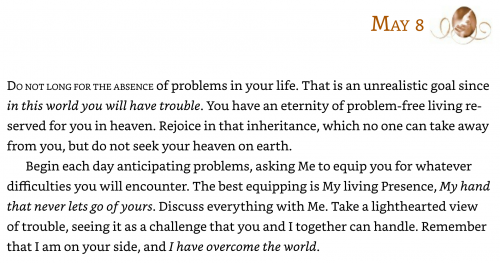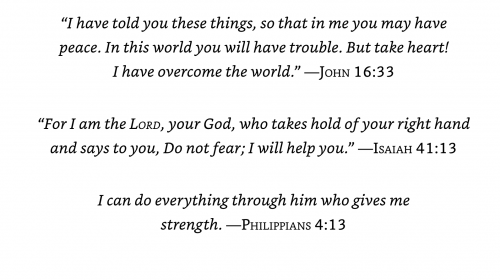The Beloved Community
Friday, May 8, 2020
A contemplative person is someone who knows that they don’t know everything and trusts that they are being held by something much larger, wiser, and more loving than themselves. It is these very qualities that enable them to act on behalf of others and communities in need. CAC faculty member Barbara Holmes offers some insights as to how and why this is true, particularly in moments of crisis:
The world is the cloister of the contemplative. There is no escape. Always the quest for justice draws one deeply into the heart of God. In this sacred interiority, contemplation becomes the language of prayer and the impetus for prophetic proclamation and action.
Contemplation plugs the supplicant into the catalytic center of God’s Spirit, into the divine power that permeates every aspect of life. In this space, there are no false dichotomies, no divisions between the sacred and the secular. . . . Through acts of contemplation, individuals and congregations enter the liminal space where the impossible becomes possible.
A community is not always an intentional gathering . . . sometimes communities form because unpredictable events and circumstances draw people into shared life intersections. . . . Communities form when ego-focused concerns recede in favor of shared agendas and a more universal identity. These relationships need only hold together briefly before transitioning into other forms; however, while they are intact, all concerned are aware of the linkages of interior resolve that are at work.
As with all great social justice movements, there came a time [in the Civil Rights Movement] when worship practices and communal resolve coalesced, and an interfaith, interdenominational, interracial community formed. The commonality for this dissenting community was the willingness to resist the power of apartheid in the Americas with their bodies.
The formation of community during the Civil Rights Movement was the quintessential coming-of-age story for Africana people. During a particular time in history, nonviolent initiatives seeded with contemplative worship practices became acts of public theology and activism. Activism and contemplation are not functional opposites. Rather, contemplation is at its heart a reflective activity that is always seeking the spiritual balance between individual piety and communal justice-seeking.
Who could have predicted that America’s apartheid would fall as decisively as the walls of Jericho, when the people marched around the bastions of power carrying little more than their faith and resolve? How audacious it is to take what is given—the remnants of a chattel community, the vague memories of mother Africa, and a desperate need to be free—and translate those wisps into a multicultural, multivalent liberative vision of community. The idea of a beloved community emerged from the deeply contemplative activities of a besieged people.
In the midst of the social distancing necessitated by this pandemic, people have nevertheless come together in creative and loving ways. Some have called this virus a massive “trigger event” with the potential to change everything. As individuals and communities, we can respond with justice and compassion, or we can double down on the pursuit of accumulation and power, with no more than a return to business as usual.

